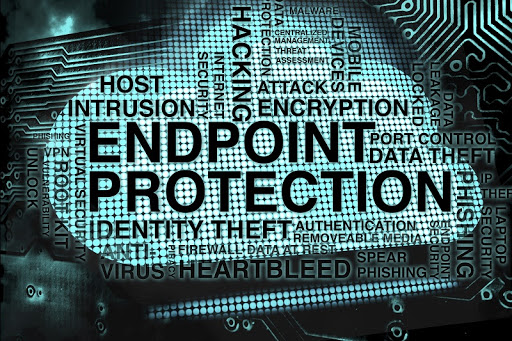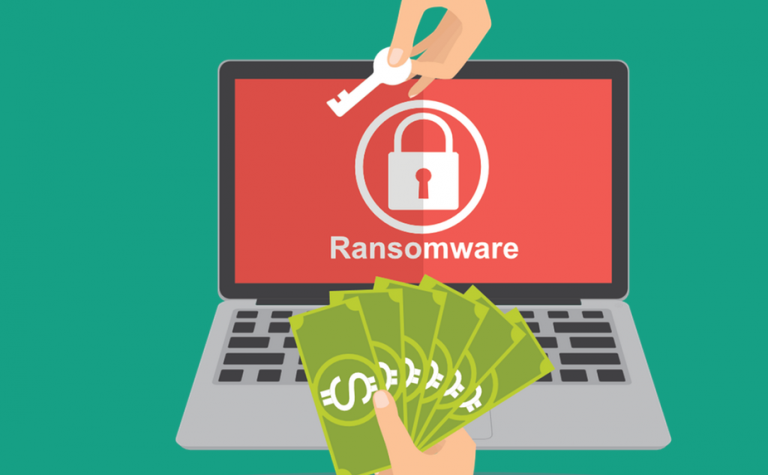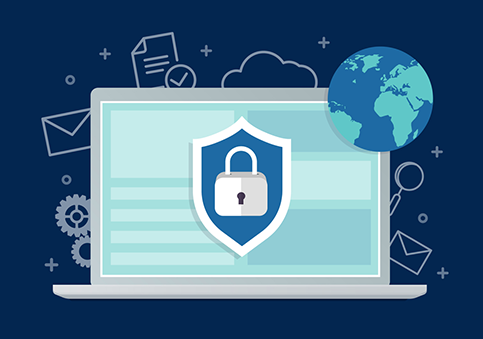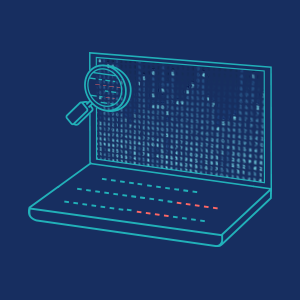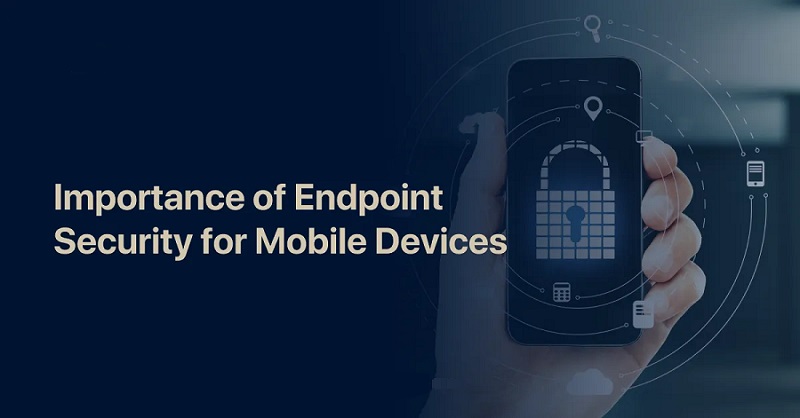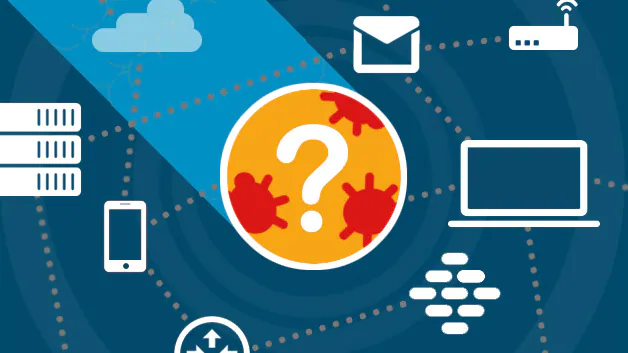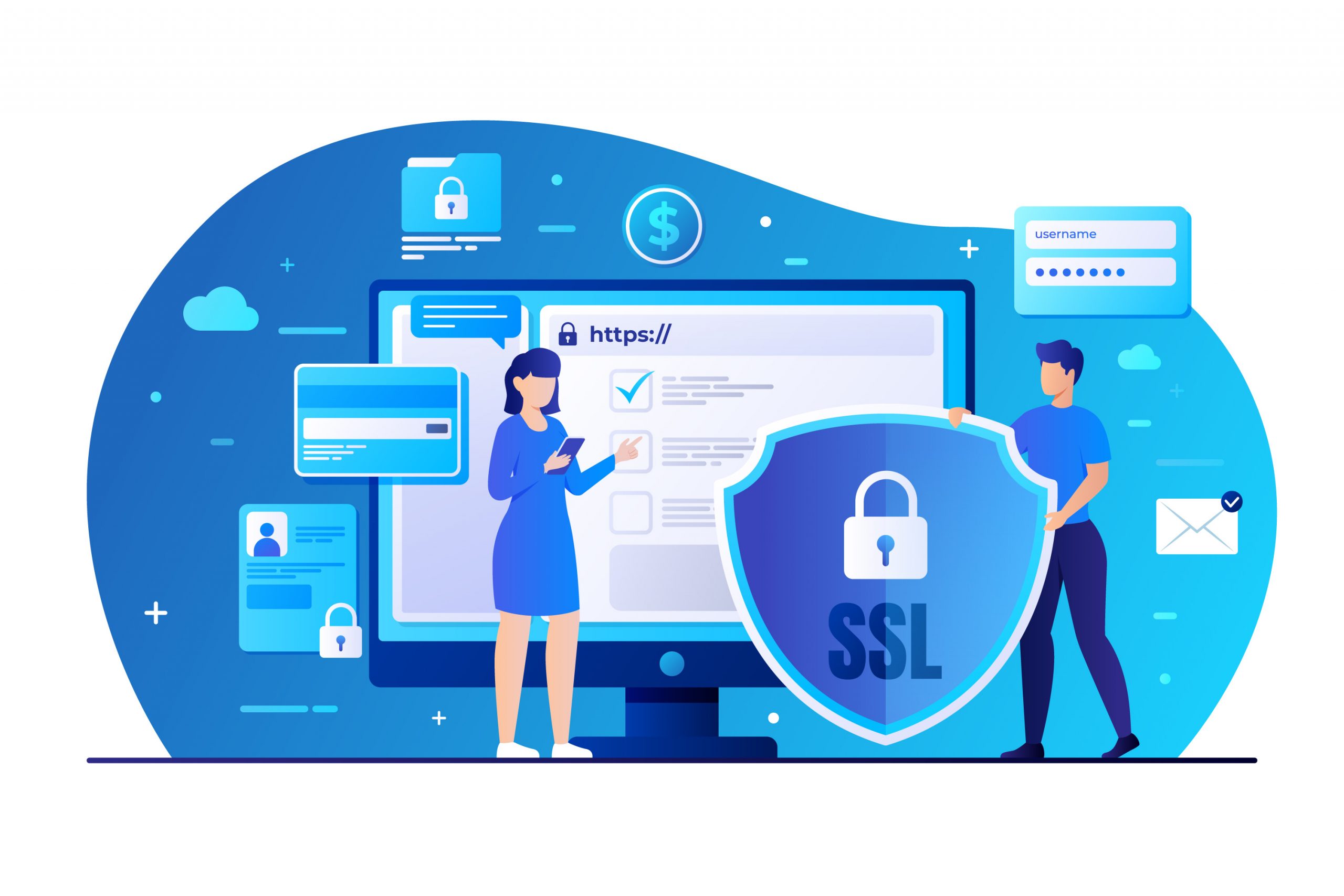What Can Ransomware Do To Your Data?
Updated on October 11, 2022, by Xcitium
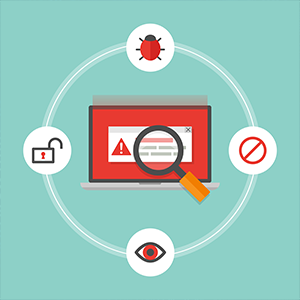
Cyberattacks have increased since 2015. From 3.8 million attacks, the numbers peaked in 2016 at 638 million. In 2019, 187.9 million cyber-attacks happened. Although that number is less than the 2016’s amount, it’s far more massive than the attacks of 2015.
While the most cyber-attacks involve malware attack and knocking off services from operations, there’s a new form of cyber-attack—ransomware.
Ransomware creators had a somewhat fulfilling time in 2017 when WannaCry affected computer users worldwide. The cost of the attack on the NHS, according to their spokesperson, amounted to $115m with over 19000 appointments canceled.
What can ransomware do? The above is the harm ransomware can cause individuals, businesses, and government agencies. Unlike other types of malware, this malware locks a computer owner out—encrypts essential data and asks for ransom before releasing it.
The means of payment is displayed on the screen of the victim’s computer, usually via cryptocurrency. The reason for using cryptocurrency is because the system leaves no traces of payment. Cryptocurrency is not regulated by any government or third parties. This makes its transactions unmonitored.
Let’s take a detailed look at what ransomware can do to a victim’s computer and files.
5 Things Ransomware Does To Your Data
Denies You Access to Your Data
Ransomware creator intends to take over your data to have you pay a ransom before regaining access to your data. So, the first thing that happens when the malware enters your computer is to block your access. This is the period most victims would realize that they are under a malware attack
Your files are converted into an unreadable format. If your images are in jpeg, png, or gif format that can be read by an image viewer, the ransomware converts them to a format that no image viewer can access.
Some ransomware might encrypt a few of your data. However, the majority of them target all your information, turning them into an unreadable format.
Deletes Your Data
Some ransomware creators add rules in the malware to delete some of your information.
Some victims noticed that after a particular period, one file will be deleted, then two and four. So it goes, increasing exponentially until there’s no file left on the computer.
Exposes Your Personal Information
Ransomware attackers can reveal your personal information like credit card details, pictures, and other private information.
GrandCrab threatened to expose its victims’ pornography history, except they pay a ransom.
When ransomware gets into a computer, it usually lurks there for a long time before carrying out its attack. Virtual Care Provider Inc, an IT company, had ransomware undetected on their computer systems for up to 14 months.
Imagine ransomware staying that long inside your computer and the information it would have collected by then.
Damages Your Information
Even if you eventually get access to your information, it may not remain the same as it was before the malware attack. Some files held to ransom by ransomware attackers became damaged after the encryption. The key that encrypted the files caused errors, making them unreadable after they have been decoded.
There might also be traces of the ransomware inside your files abetting the ransomware attackers for another attack.
Sells Your Information
Ransomware is a malware that asks its victims for money to regain access to their computer after ceasing the access. Like some malware that collects keystrokes and steals personal information, ransomware sits and waits to lock you out of your computer.
Whether they grant you access to your information, they might still sell it to a third party.
Avoiding Ransomware
The best way to be safe is to make sure that ransomware doesn’t get to your computer. If you compromise, odds are you may become the next victim of ransomware. However, cyber-security rules can help you defend against malware.
Here is how you avoid ransomware:
- Avoid downloading software from untrusted sites and also verify emails before you open any attachment therein.
- Update your applications—software like browsers, image viewers, and email clients are hotspots for ransomware. Even your operating system should be up-to-date.
- Use strong passwords and ensure they are not easily guessed. You can use a password generator to create a password, then write it on paper or use password saving services to store them.
- Install active antivirus—an active antivirus can prevent computer viruses and other malware.
Wrap Up
Since antiviruses are sometimes bypassed by sophisticated malware, you need advanced endpoint protection to prevent advanced threats. This is an advanced security system designed to detect and stop advanced malware. You can learn more about advanced endpoint protection here.

